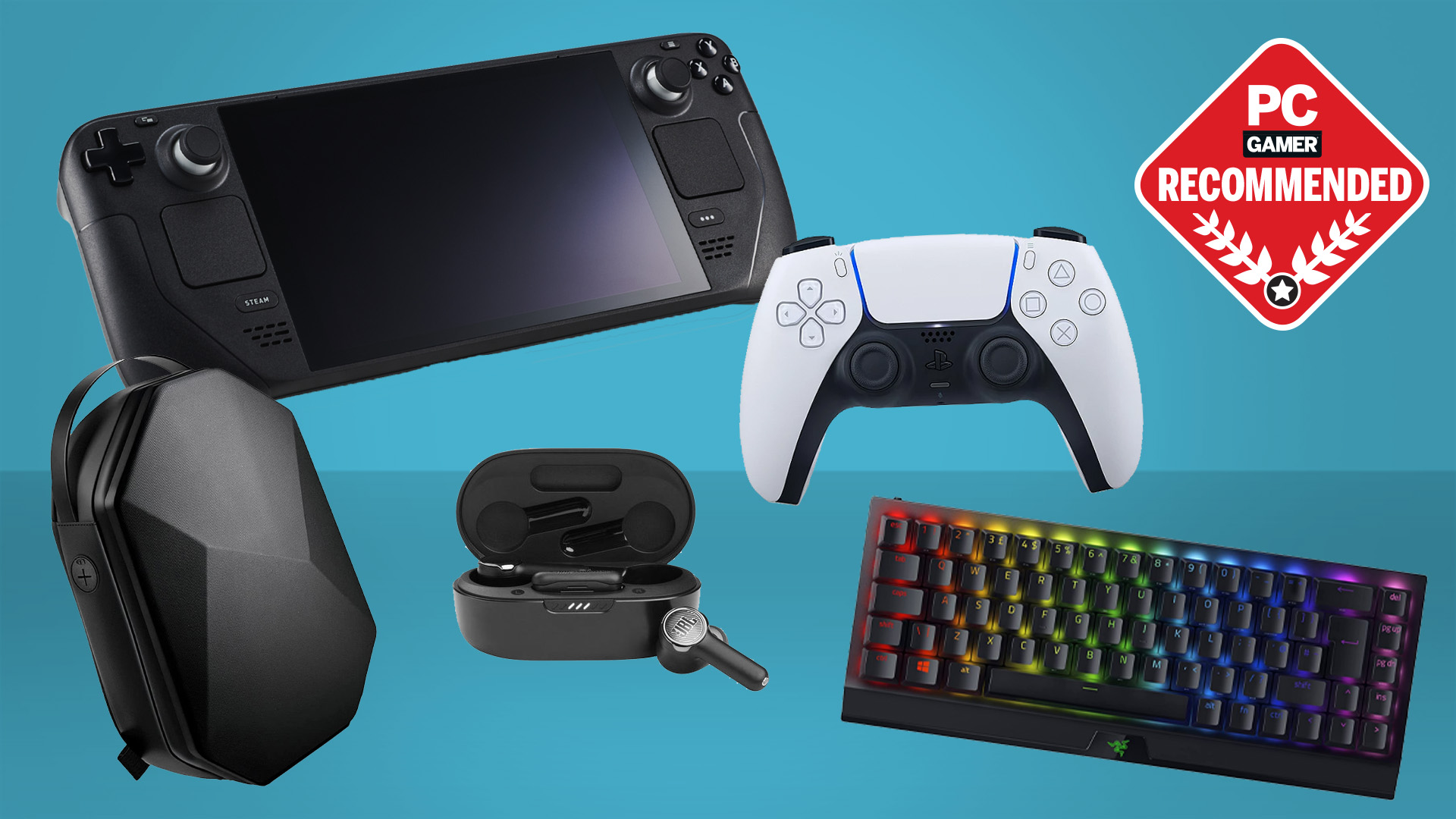Ray tracing has taken its first steps at becoming the rendering norm for triple-A games but that just makes upscaling and frame generation a Hobson's choice
It's not an option if you absolutely require it.
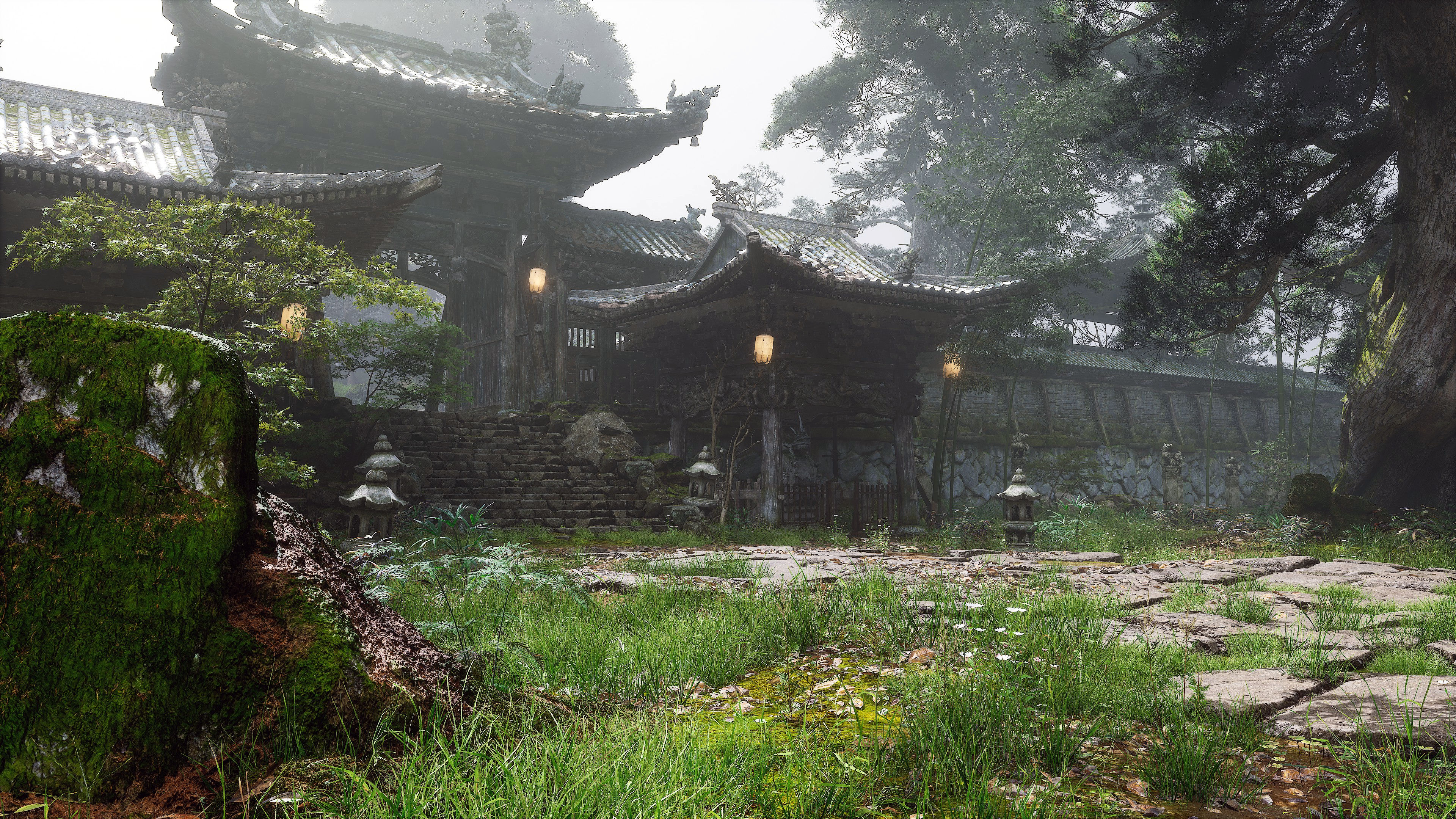

This month I have been: endlessly testing CPUs and games. So many benchmarks that I've been running them in my dreams, which is a tad concerning. There will always be testing, of course, but sometimes it's put me off gaming because of how many times I've seen the same darn scene, bug, or random glitch over and over.
Black Myth: Wukong and Star Wars Outlaws are two big-budget games that have launched in recent months, and in terms of reception and sales, they couldn't be more different. However, they do share something in common, and it's ray tracing.
Up to this point, the use of ray tracing, to get pixel-perfect illumination, shadows, and other lighting effects has mostly been an optional setting in a game. Sure there have been exceptions, such as Portal with RTX, but they've mostly been projects to showcase the technology. Wukong and Outlaws, as well as Avatar: Frontiers of Pandora, though, are pretty much the first mainstream games to use ray tracing all the time.
In the case of the former, which is powered by Epic's Unreal Engine 5 software platform, enabling the so-called 'Full Ray Tracing' mode employs path tracing to push the physical accuracy of the lighting to spectacular heights. Star Wars Outlaws is nowhere near as visually impressive but on maximum settings, with the extra RTX Direct Illumination enabled, it can sometimes look really good.
Naturally, both games place huge demands on the GPU when running like this, as ray tracing involves vast amounts of repeated computation but from a programming perspective, it's a much cleaner and simpler solution than all of the traditional techniques used in rendering (often just grouped together under the term rasterization).
Unfortunately, using ray tracing pretty much also requires the use of upscaling, and quite often frame generation too, in order to enjoy a decent frame rate. Increasingly more games are turning up where the PC system requirements provide an expected level of performance but only with upscaling enabled. It's not always required, of course, as it greatly depends on one's hardware and there's usually a way to run the game well enough without it.
However, having ray tracing as the only means of providing illumination, shadows, etc in a game pretty much requires upscaling and frame generation. This makes those 'options' a Hobson's choice—i.e. something that gives the illusion of choice, but there's only one feasible option.
Now, if DLSS, FSR, and XeSS were good enough to the point that one couldn't tell they were being used, it really wouldn't be an issue. But they're not and in some cases, upscaling can make a game look rather blurry. Frame generation can be especially glitchy and even when it produces visually acceptable results, you've still got increased input latency to deal with.
The biggest gaming news, reviews and hardware deals
Keep up to date with the most important stories and the best deals, as picked by the PC Gamer team.
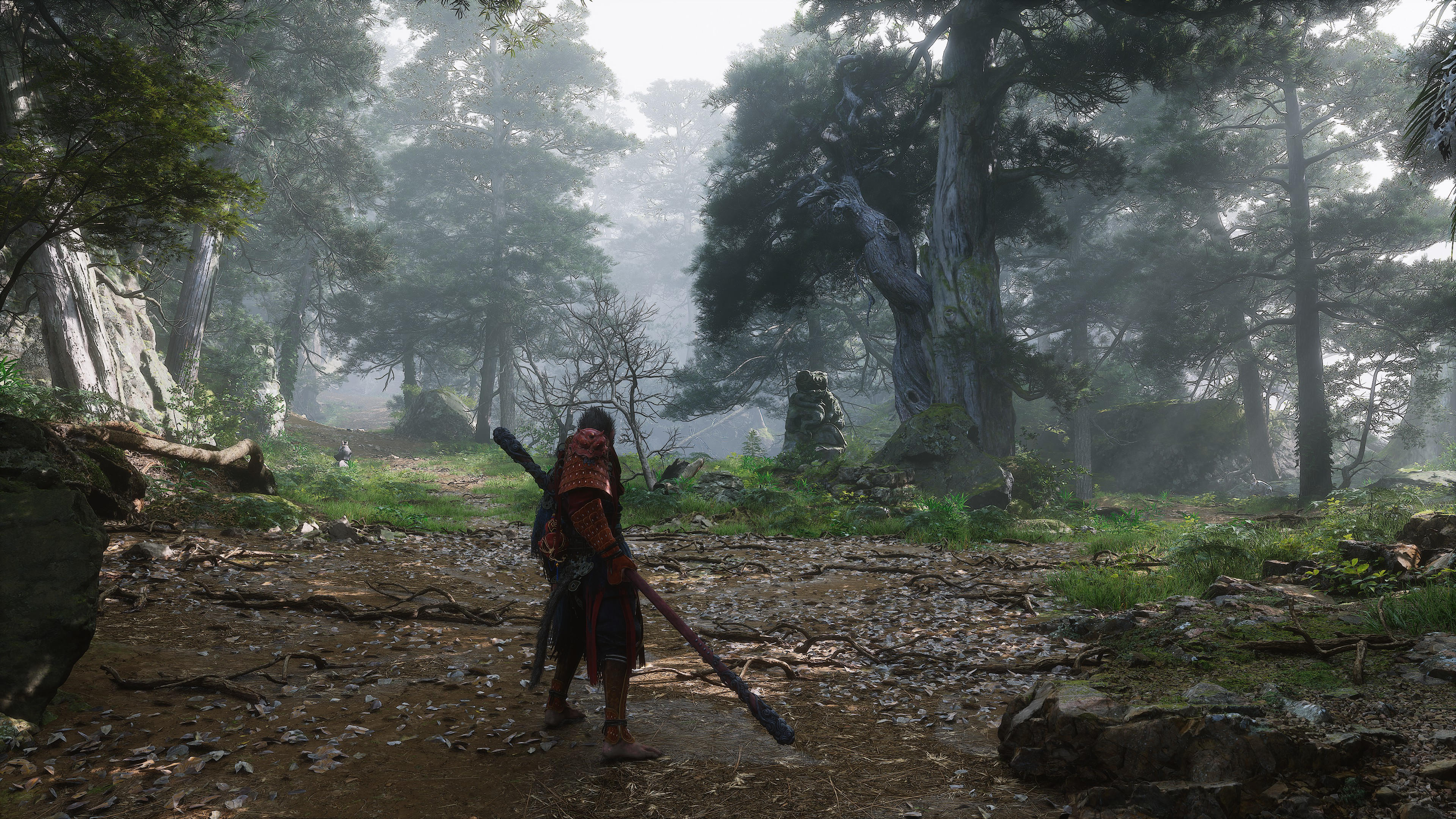
One might argue that the rise of upscaling being a requirement, rather than an option, is down to a game being poorly optimised. After all, it's much easier to implement DLSS, FSR, and XeSS than it is to fine-tune meshes, shaders, register file usage, and so on. I dare say that there's an element of truth to this but in the case of Black Myth: Wukong and Star Wars Outlaws, it's because of the ray tracing more than anything else.
It might seem counterintuitive to spend countless hours developing a fully ray-traced game only to spoil the image quality by utilising upscaling and frame generation to make it all run well enough, but Wukong is a good example of where the two technologies have been employed pretty well. It would be better, of course, if one didn't have to use them but here we are.
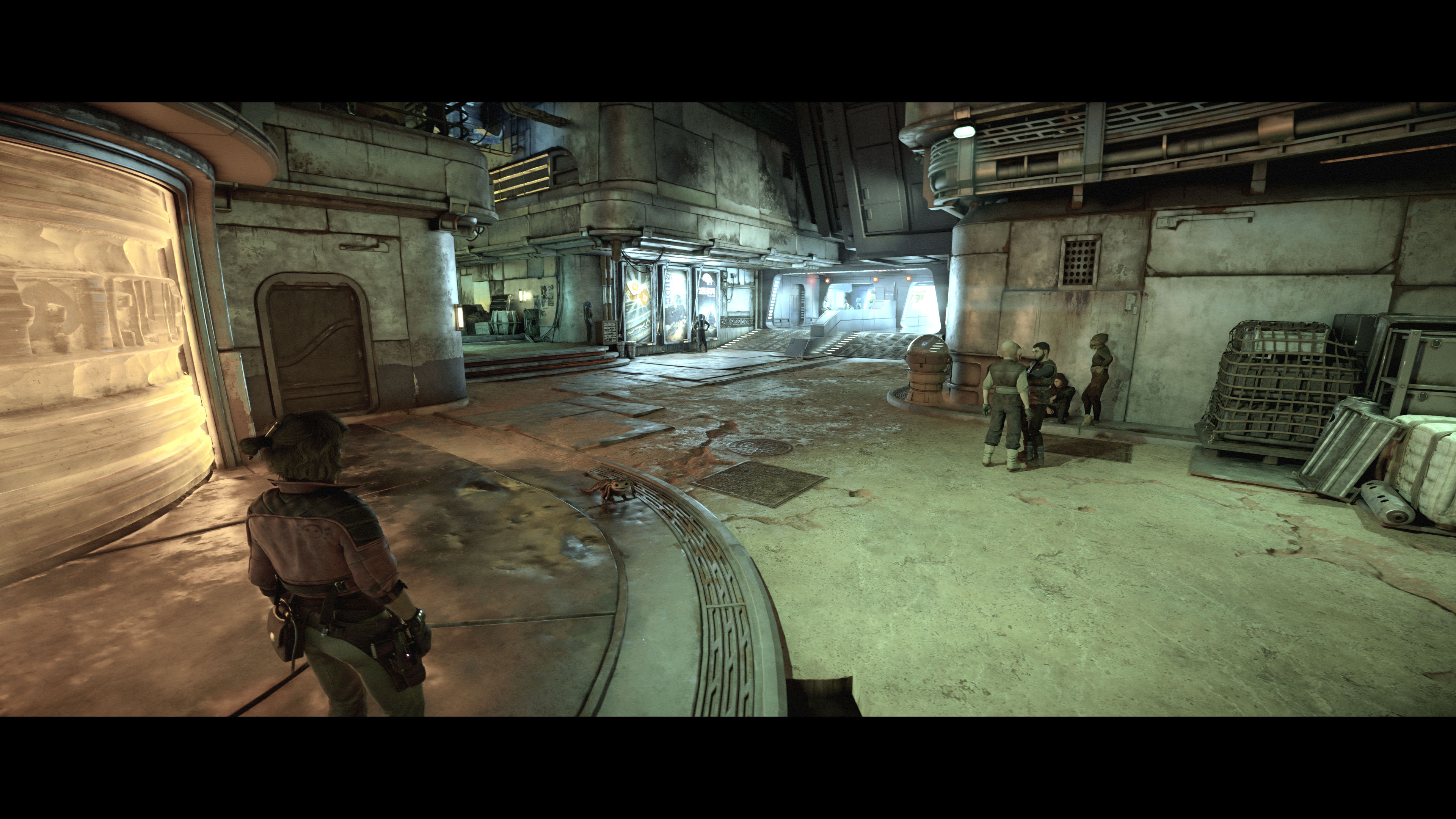
Naturally, not every new game has ray tracing. Warhammer 40,000: Space Marine 2 certainly doesn't but on maximum settings at 4K, even an RTX 4080 Super struggles to hit a consistent 60 fps with no enemies on the screen (i.e. just the static environment). The use of DLSS Quality, though, virtually doubles the frame rate which tells you that the game is totally pixel-bound with that configuration.
What this means is that all of the rendering techniques employed are so demanding that any small increase in the number of pixels having to be processed induces an immediate drop in performance. The only solution is to either lower the quality settings or reduce the number of pixels, which is what upscaling does.
That doesn't sound like an optimisation issue—that sounds very much like a design choice.
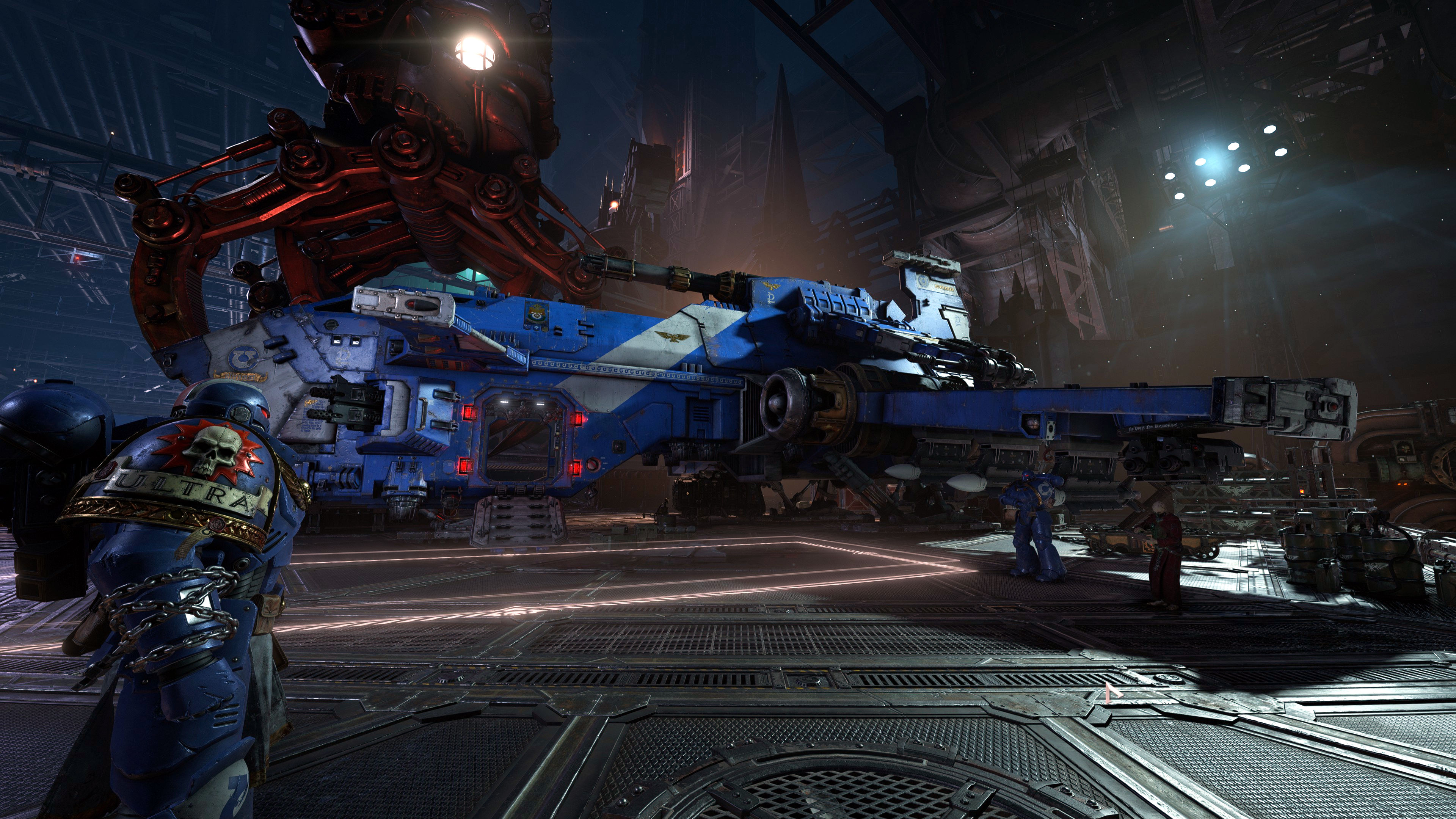
In the world of consoles, this has been the case for years, where the hardware is perfectly capable of handling every new rendering trick but only for a certain number of pixels. Go beyond a specific amount and the performance tanks. Checkerboard rendering has been used in countless console games to keep the pixel count down and still have all the fancy effects, but the end result isn't pixel-perfect.
Now it seems like PC gaming is taking a leaf from the book of the PlayStation and is using upscaling and frame generation to similarly push graphics to new heights of detail, complexity, and realism at the cost of rendering artifacts and general fuzziness.
We're currently in a transitional period, going from a time when if you wanted the best graphics with the best frame rate, you just bought the best hardware, to heading toward a period where upscaling is as normal as the use of anisotropic texture filtering.
Right now, though, there are plenty of games where if you just want to play at 60 fps, be it at high resolution or using high quality settings, you need to use upscaling.
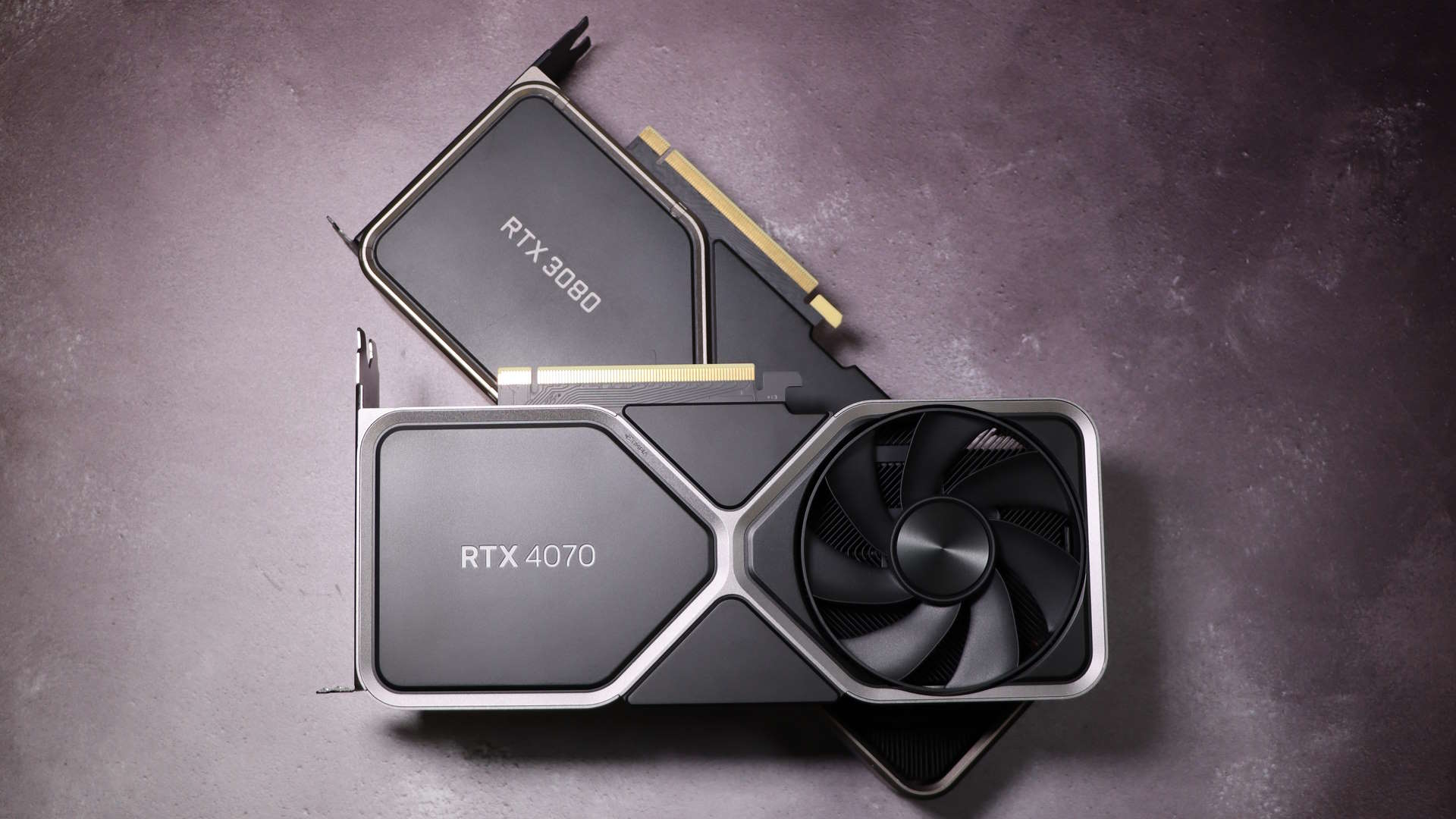
Best CPU for gaming: The top chips from Intel and AMD.
Best gaming motherboard: The right boards.
Best graphics card: Your perfect pixel-pusher awaits.
Best SSD for gaming: Get into the game ahead of the rest.
I'm not entirely sure how I feel about that if I'm honest. On one hand, we're starting to see a level of graphics that was the norm for movies not that long ago, but on the other hand, one is being forced to employ an 'option' that reduces visual quality in favour of performance. I personally don't mind using them in a lot of the games I play but only when they don't turn everything into a blurry, glitchy mess.
One day, DLSS, FSR, and XeSS will be good enough that the vast majority of PC gamers won't be able to tell they're enabled. At that point, we may even see them being used in games permanently, with no option to disable them. We're some way off that happening and I'd still prefer them to be offered as a general performance boost and not as the only means to employ cutting-edge graphics, and certainly not as a panacea to poor optimisation.
But with the move to having ray tracing being the norm for rendering now underway, I guess that my preferences for upscaling and frame generation are just going to be wishful thinking.

Nick, gaming, and computers all first met in 1981, with the love affair starting on a Sinclair ZX81 in kit form and a book on ZX Basic. He ended up becoming a physics and IT teacher, but by the late 1990s decided it was time to cut his teeth writing for a long defunct UK tech site. He went on to do the same at Madonion, helping to write the help files for 3DMark and PCMark. After a short stint working at Beyond3D.com, Nick joined Futuremark (MadOnion rebranded) full-time, as editor-in-chief for its gaming and hardware section, YouGamers. After the site shutdown, he became an engineering and computing lecturer for many years, but missed the writing bug. Cue four years at TechSpot.com and over 100 long articles on anything and everything. He freely admits to being far too obsessed with GPUs and open world grindy RPGs, but who isn't these days?
